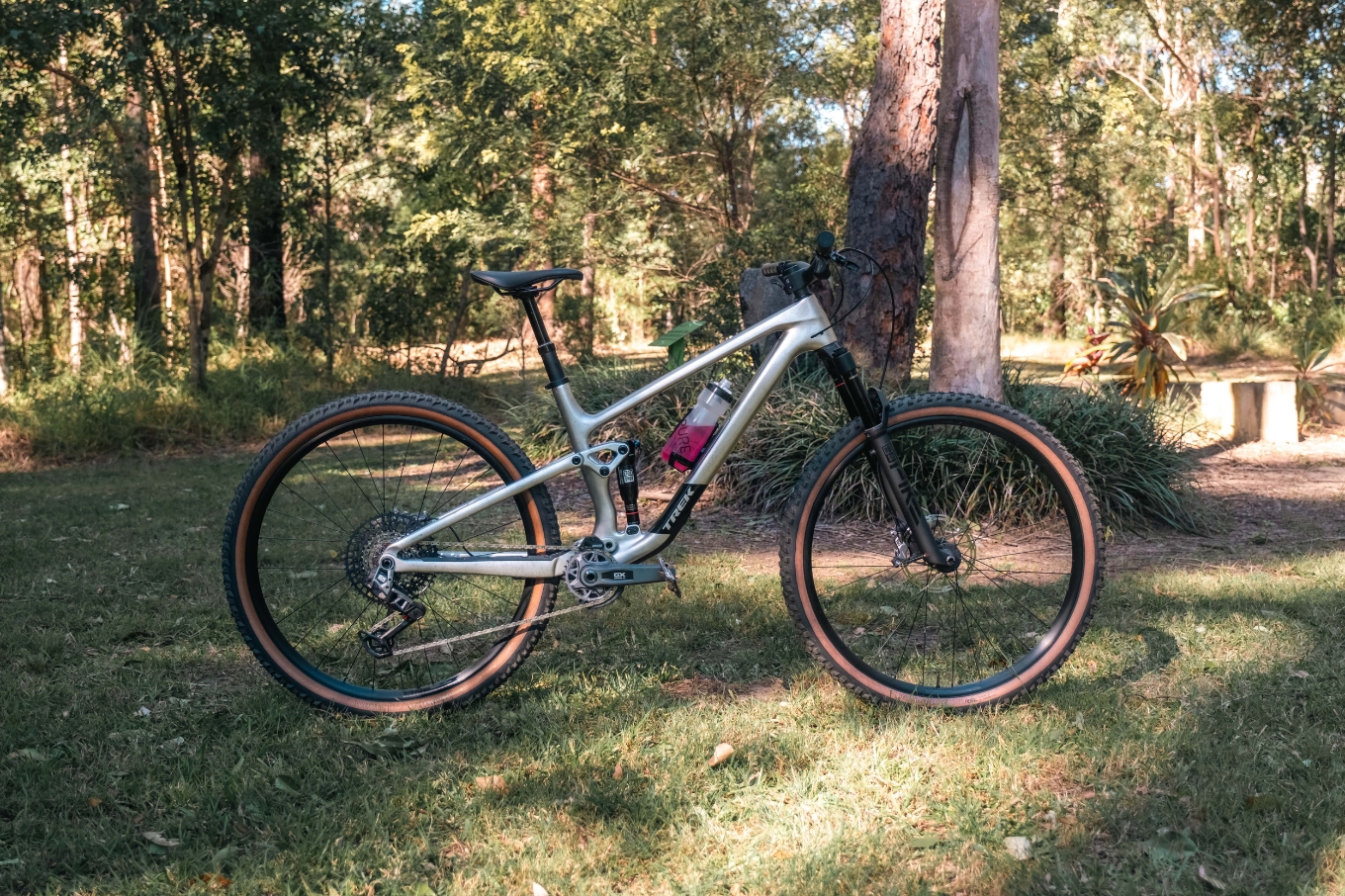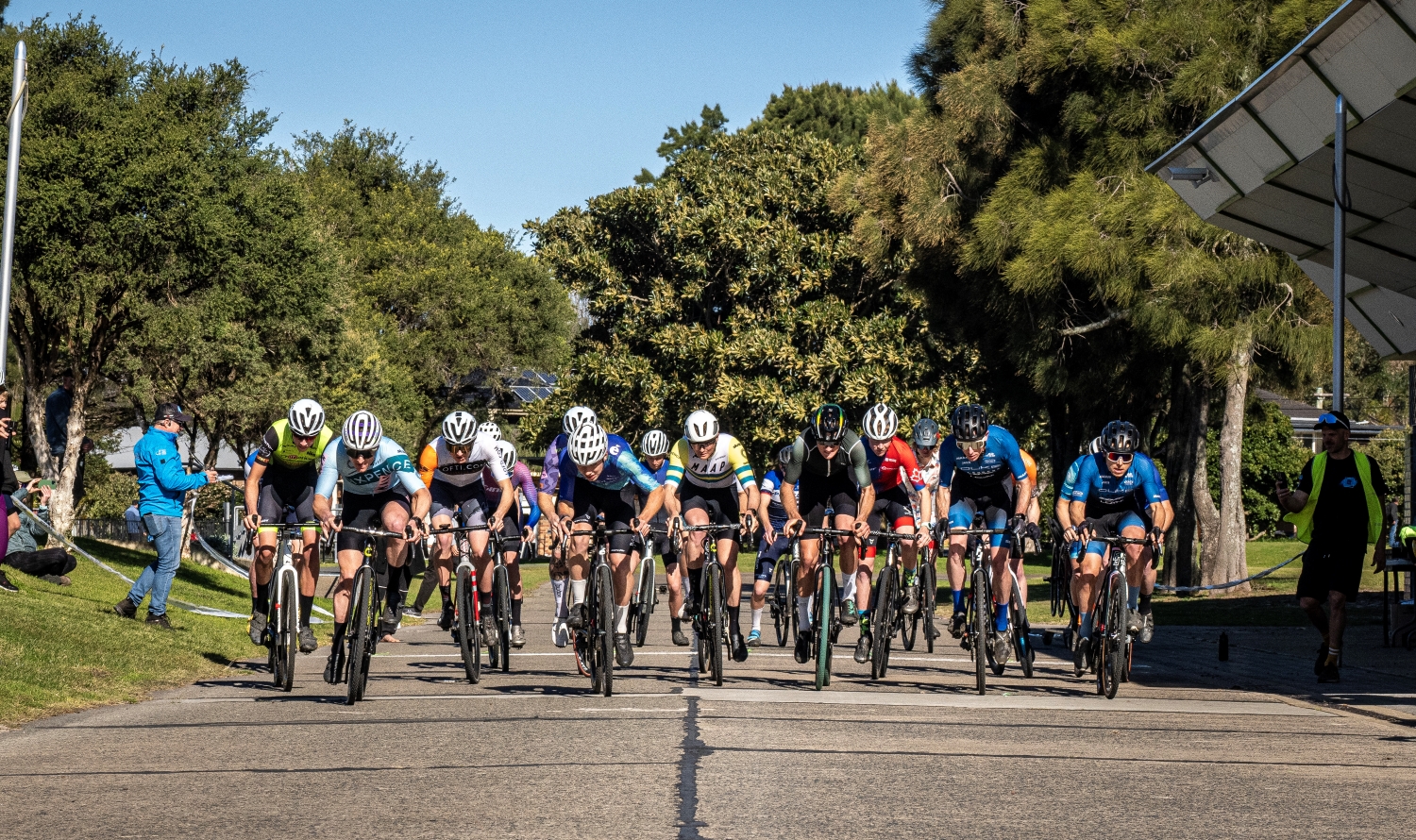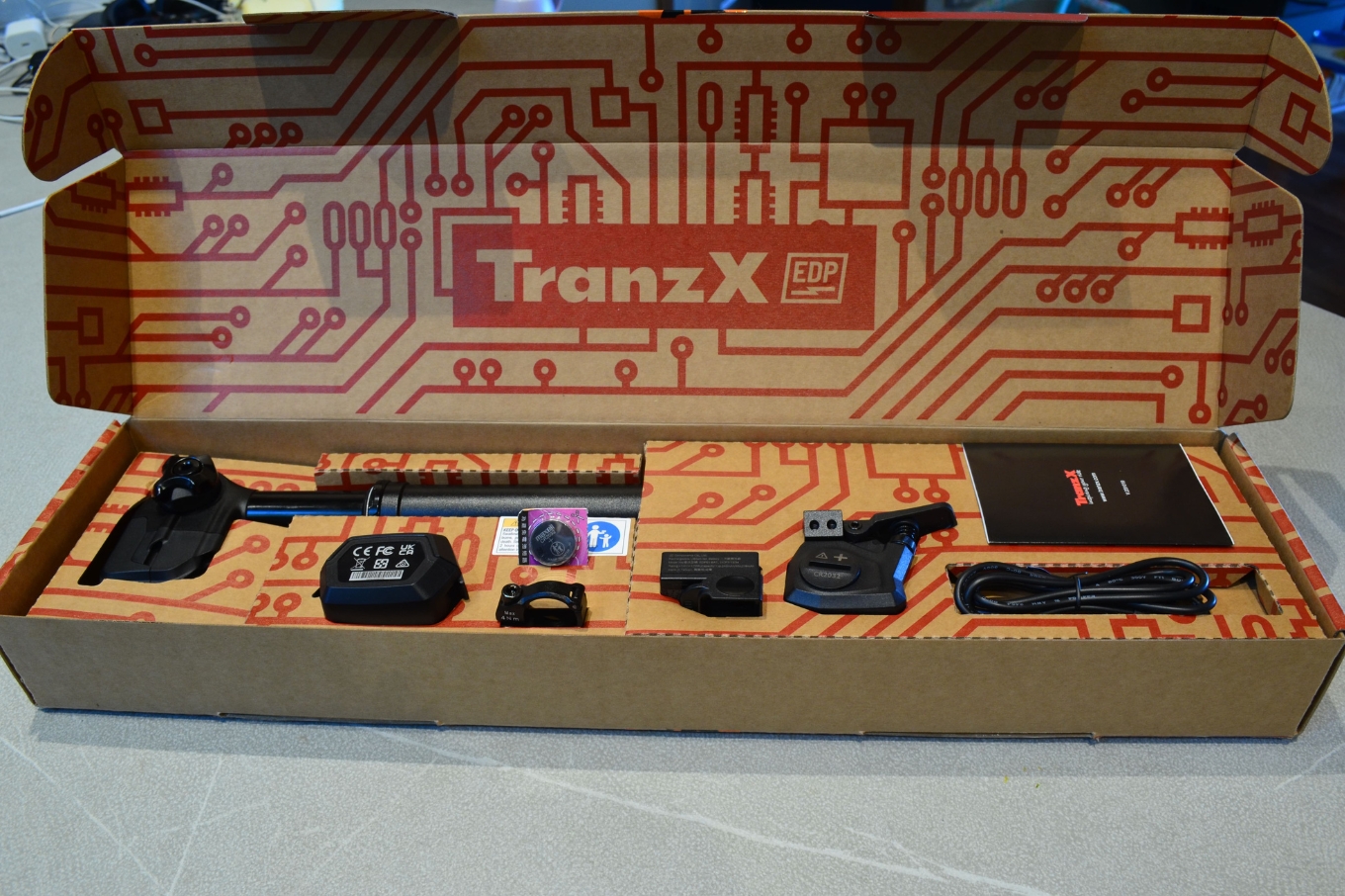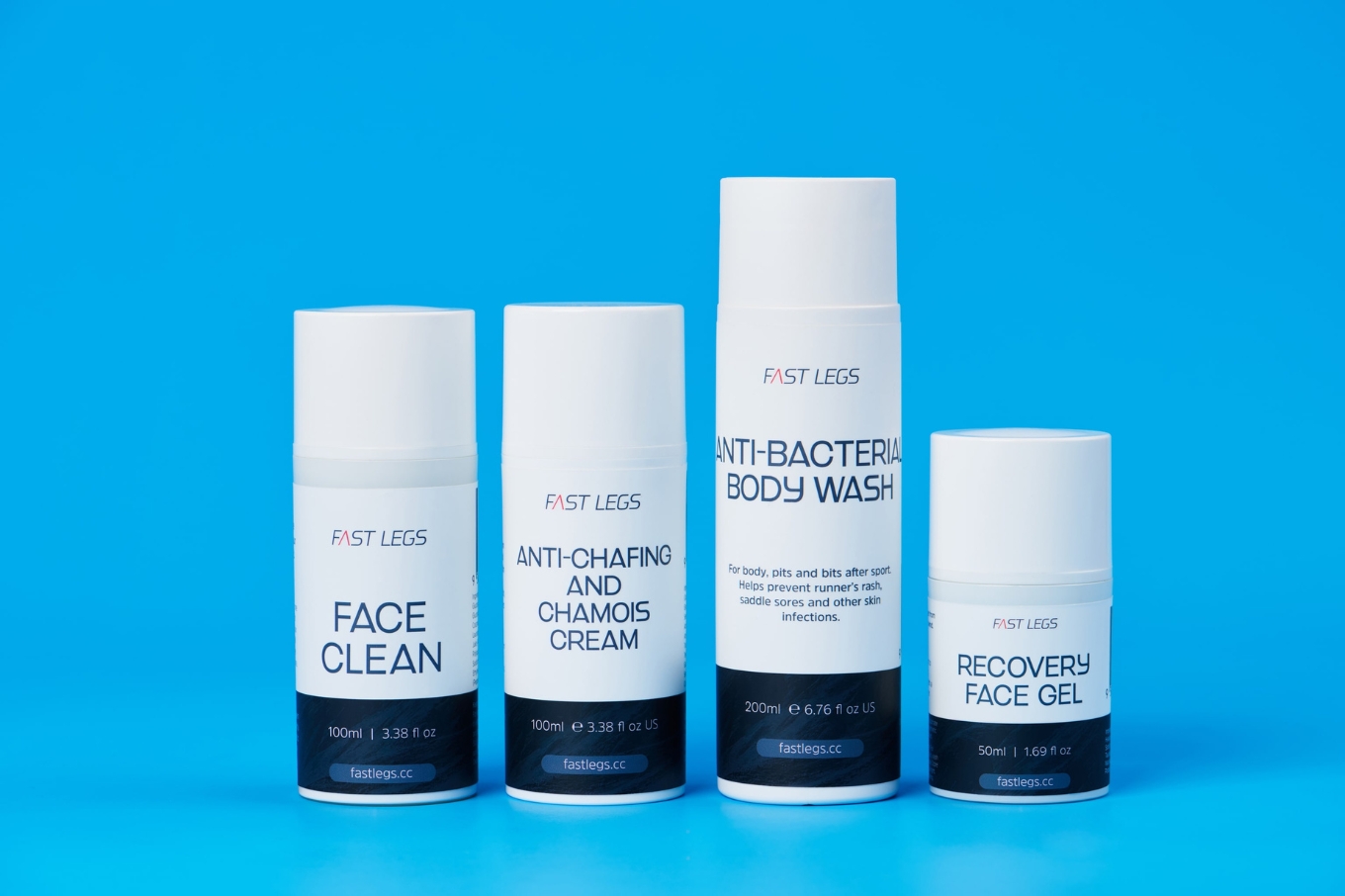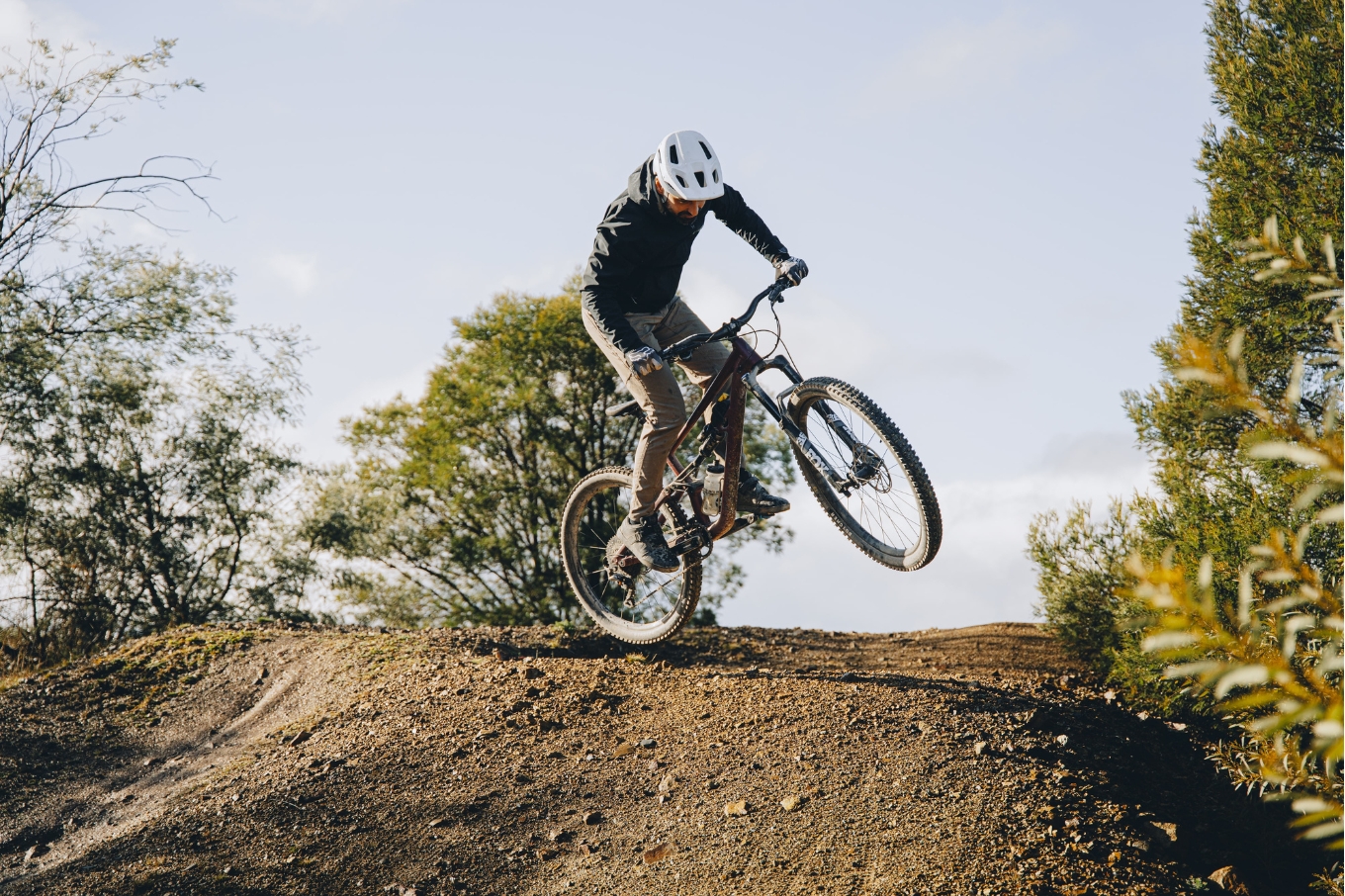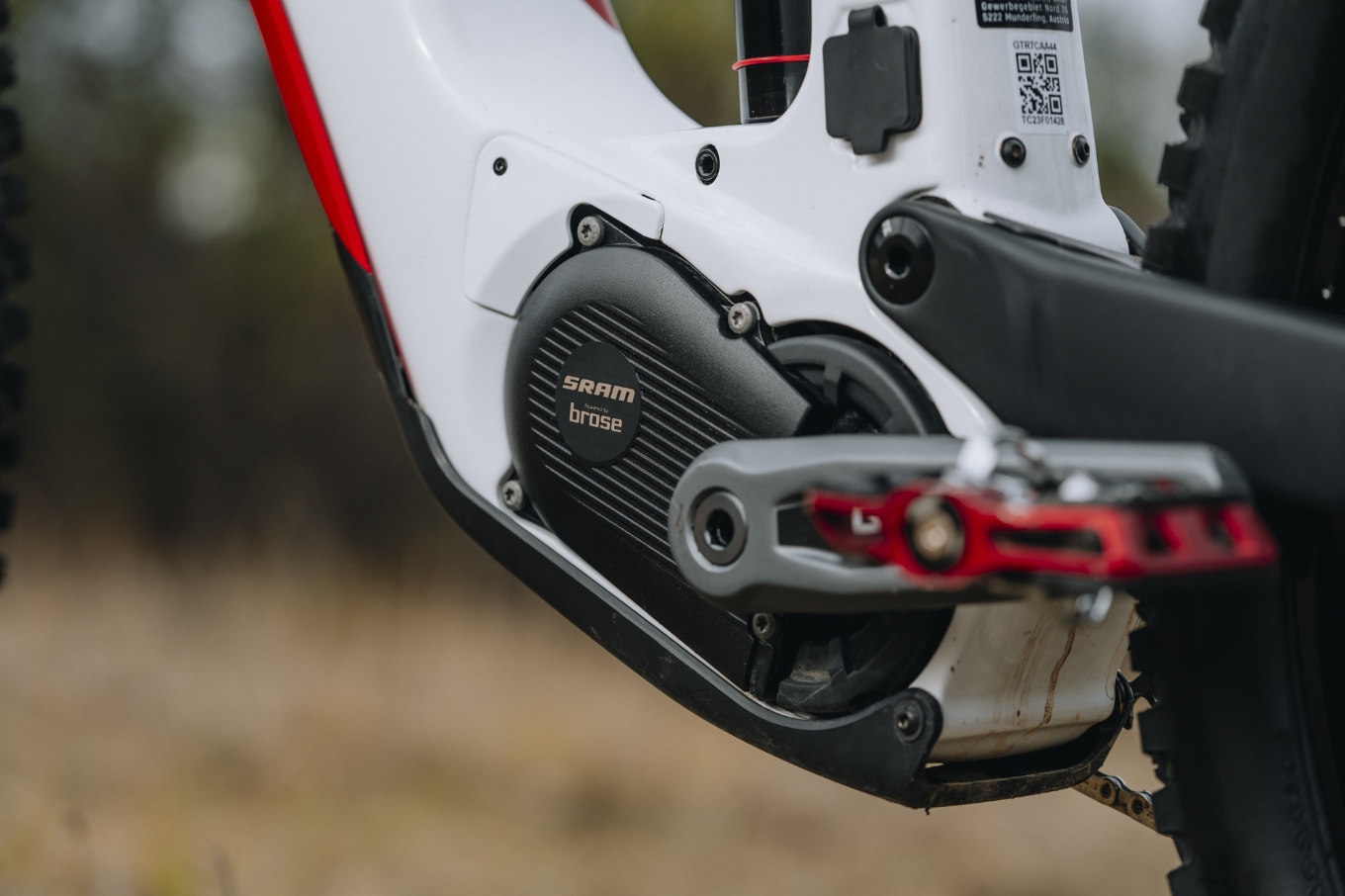NUTRITION: Are you eating enough?
Zoe Wilson looks into under-eating and how it could be putting you at risk.
Words: Zoe Wilson
Photos: Tim Bardsley-Smith
Training hard burns a lot of energy. Long days in the saddle can leave you feeling empty and exhausted and needing a big meal to replenish the calories burnt on the trails. But what if you don’t eat enough? Long term, there can be serious consequences to health and performance due to a syndrome called Relative Energy Deficiency in Sport.
Relative Energy Deficiency in Sport (RED-S) is poorly recognised by athletes, coaches and health professionals alike despite it being quite common. A survey of almost 900 cyclists (yes, they were roadies, but there isn’t similar research in mountain bike riders) found one in five amateur riders were under fuelling. What’s scarier is that 15% of male and 30% of female respondents reported some of the symptoms of RED-S. Higher numbers are reported in semi-professional and professional ranks as well.
Relative what?
Relative Energy Deficiency in Sport (RED-S) occurs when an athlete doesn’t eat enough to match their energy expenditure. In other words, the body is in a state of energy deficiency or has low energy availability to support optimal health, growth, daily activities and the demands of training and racing. Sounds simple right – so why haven’t you heard of it?
You might have heard of the Female Athlete Triad which is characterised by energy deficiency in females. However, more recently it was acknowledged that energy deficiency can affect both females and males and have more consequences than initially described in the Female Athlete Triad. In 2014, a consensus statement was published by the International Olympic Committee (IOC) describing RED-S as the expansion of the Female Athlete Triad.
What causes RED-S?
We know that RED-S is caused by a state of energy deficiency, but why? Well, this depends on the athlete and their sport. For some athletes, RED-S is caused by intentional restricted eating due to perfectionism, pressure to perform, weight or aesthetic requirements, or disordered eating. For others, just simply not knowing how much they need to eat, or mismanaging diet or training load are the main culprits.
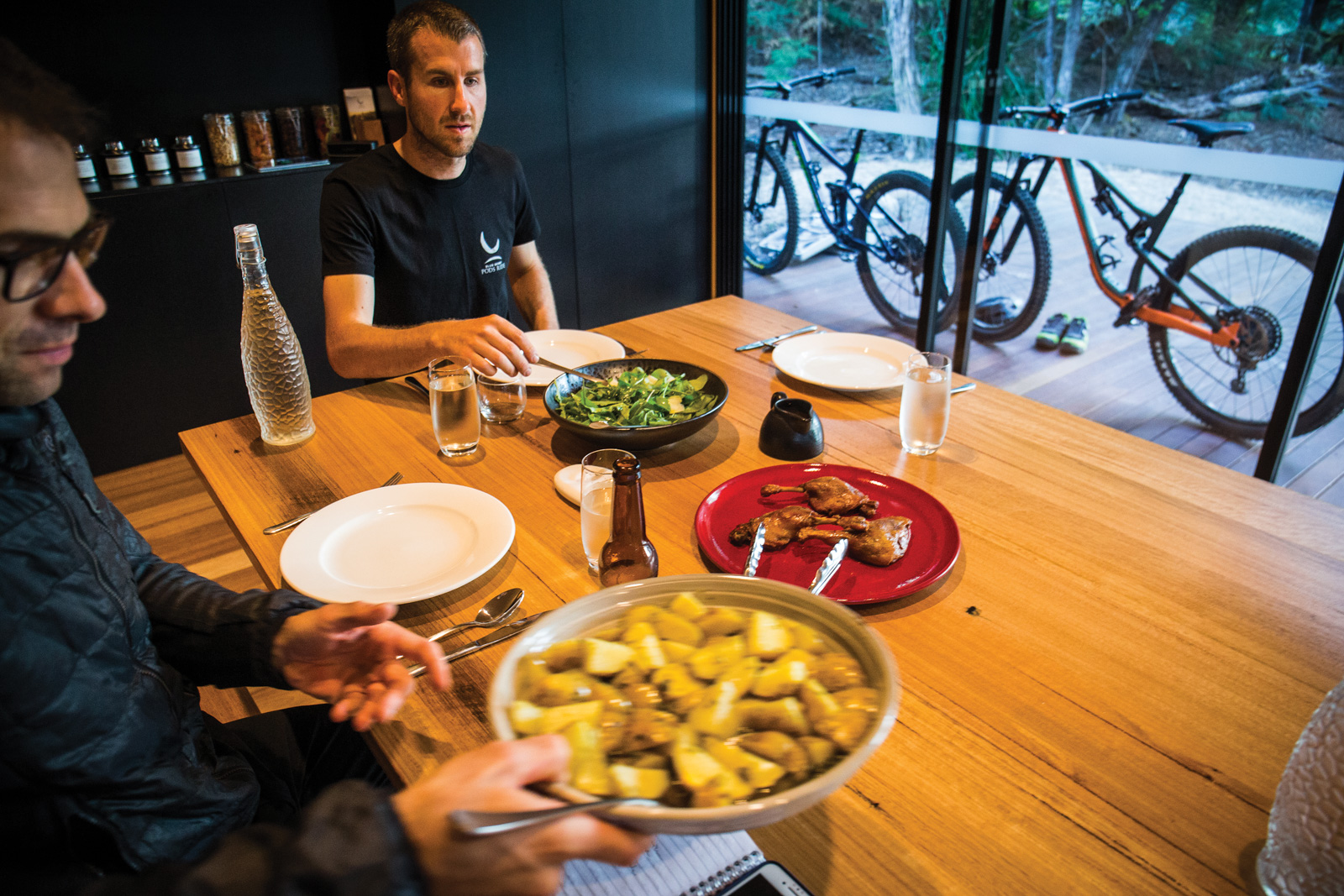
Under eating is dangerous business:
RED-S can have a range of symptoms from the mild to severe. Remember, the body is not taking in enough energy to meet the demands placed on it by the amount of exercise being performed. Having low energy availability leads not only to insufficient energy for peak sports performance, but also to insufficient energy to maintain optimal health, with a range of body systems being affected.
The IOC discuss a number of health-related symptoms of RED-S. These symptoms can start with weight loss, irregular or stopped menstrual periods, recurrent illness or injuries, excessive fatigue, decreased performance, mood or behaviour changes. More worryingly, symptoms can also include nutrient deficiencies, heart issues or impairments to normal growth and development in young athletes.
RED-S can also be disastrous for performance. Low energy availability leads to decreased muscle size and strength, decreased endurance performance, impaired recovery, increased injury risk and slow adaptation to training. Also dangerous for MTB riders is impaired judgement, concentration and coordination – not good when reactions need to be sharp on the trails.
The longer the low energy availability, the more severe the symptoms and long-lasting the effects can be so it’s important to identify and address the causes.
Sound like you?
If you notice any of these symptoms or suspect you may be struggling to eat enough, it’s important to see a specialist. A sports dietitian or sports physician can help to diagnose RED-S and devise a treatment plan. The treatment plan will depend on what the individual symptoms are. The key to treatment is matching food intake to provide adequate energy to support training, especially during hard training blocks. Supplements to assist bone health or correct nutrient deficiencies may also be prescribed. If disordered eating is part of the cause, a sports psychologist may also be recommended.
Tips to make sure you’re eating enough:
To avoid accidentally under-eating and developing RED-S be sure to:
- Eat regularly throughout the day and avoid skipping meals. Make sure meals and snacks contain carbohydrates and protein to fuel, repair and adapt to training.
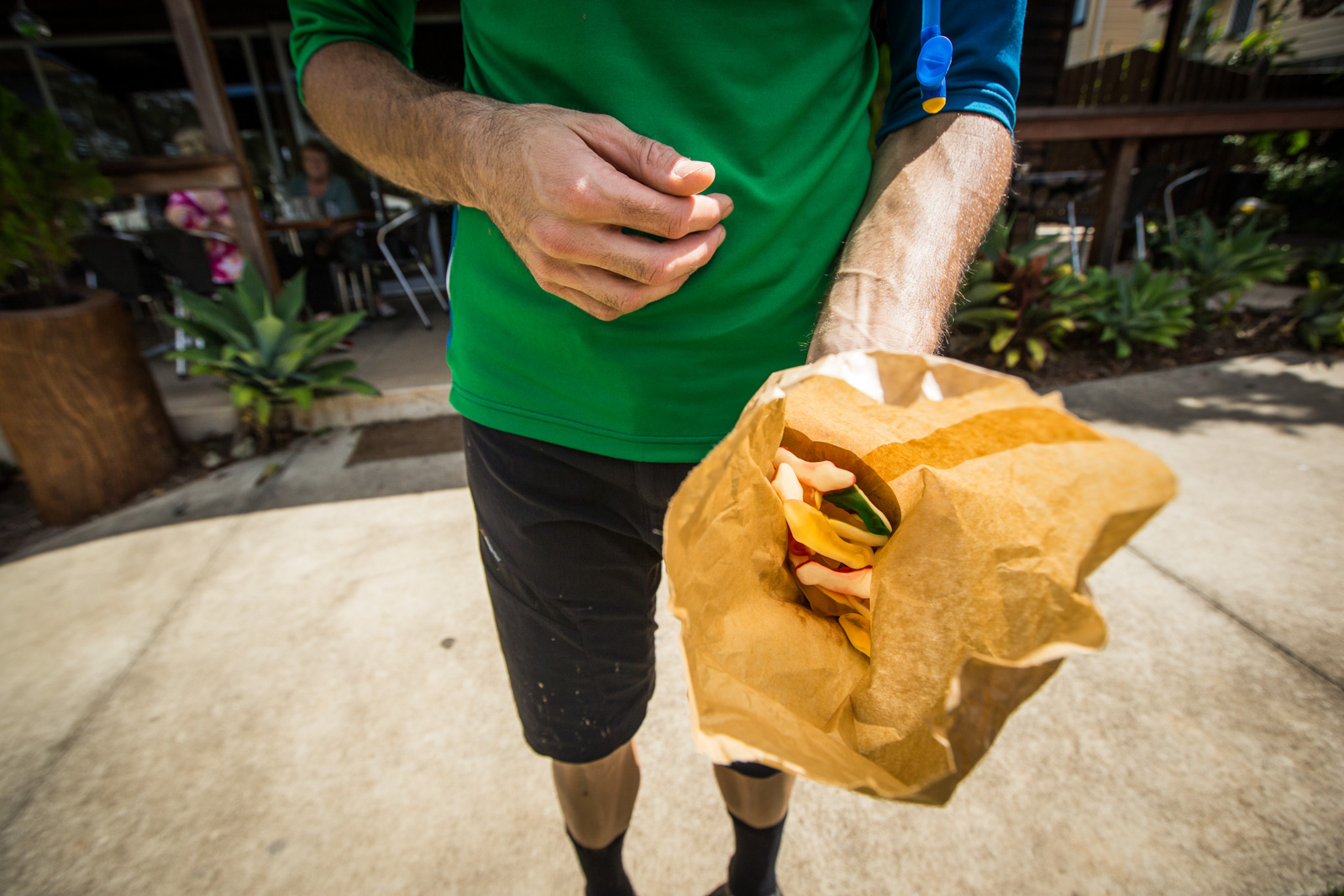
- Eat a low fibre, high carbohydrate-based meal or snack before a hard or long ride. If time allows, eat a meal 3-4 hours before you start and top up with a snack 1-2 hours prior. Good pre-ride options include porridge with banana, cereal with milk and fruit, creamed rice, a banana, crumpets or toast with jam or peanut butter or a sports bar.
- Eat 30-60g of carbohydrates per hour during sessions longer than an hour. Great options include sports gels, drink or energy bars, bananas, dates, jam, honey or vegemite sandwiches, savoury muffins, rice cakes or jelly snakes.
- Eat a meal or snack containing carbohydrate and protein within 30-60 minutes of training sessions or races to help refuel and maximise muscle repair. Good options include cereal and yoghurt, eggs on toast, spaghetti Bolognese or something simple and portable such as a flavoured milk popper, Up & Go or a meat and salad sandwich.
- Plan to eat more during hard training blocks to compensate for the additional calories burnt.
- Avoid crash dieting to lose weight. Instead, reduce weight slowly by reducing energy-dense foods like “junk” food or alcohol or increasing training load without putting your body under too much stress.
- Find an Accredited Sports Dietitian near you for a tailor-made plan to suit your needs and goals on the bike (https://www.sportsdietitians.com.au/)
After more nutrition articles? Click here.


